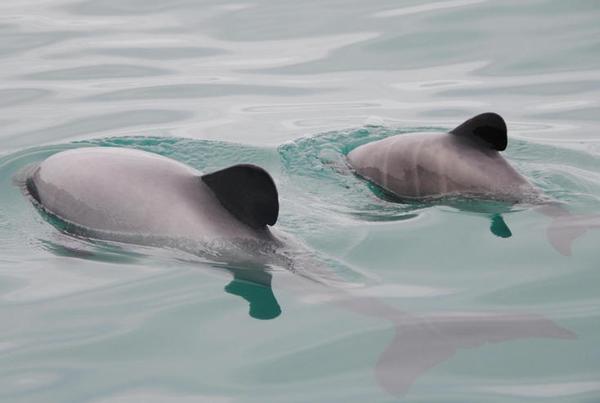Rare dolphin calves good news for future of species
Rare Hector’s dolphin calves spotted in Akaroa Harbour is good news for a species that is on the endangered list.
“Dolphin calves are the future of a rare species,” Black Cat Managing Director Paul Bingham said. “It’s always exciting to see them in the harbour. You can clearly see the calves’ stripes from being folded up inside mother’s tummy and they able to swim as soon as they are born.”
“Mothers, their calves and other females form small nursery pods which can be witnessed from cruise boats.”
Bingham said that no human swimming was allowed with dolphin calves but that their mothers did sometimes bring their young offspring into close proximity to the large catamarans, perhaps aimed at teaching them how to interact.
“We need to raise awareness of the Hector’s dolphins, and the fact that they are rare and endangered,” Bingham said. “The fact we have new born calves in the harbour is exciting news and is good for the future of the species.”
The Hector’s Dolphin is classified as endangered by the World Conservation Union (IUCN). Because of its coastal habitat and slow reproductive rate they are particularly vulnerable to entanglement in fishing gear, especially gill nets.
Dolphins live for up to twenty years but females only produce one calf every two to four years and do not start breeding until aged seven to nine years.
